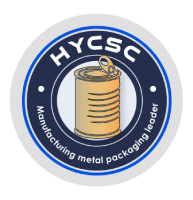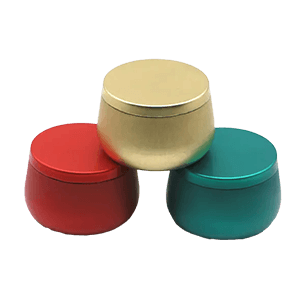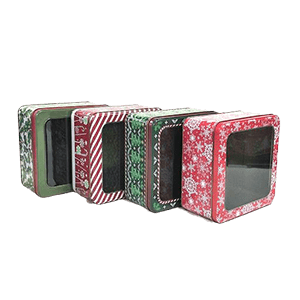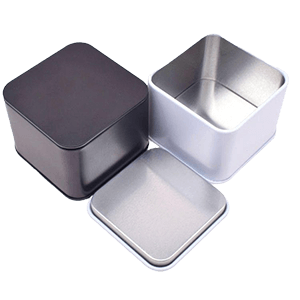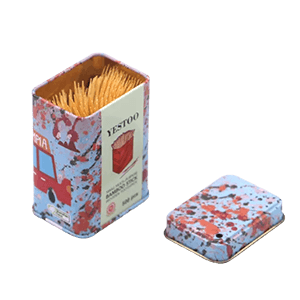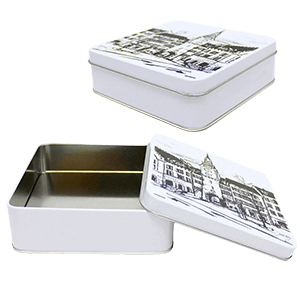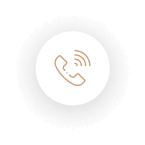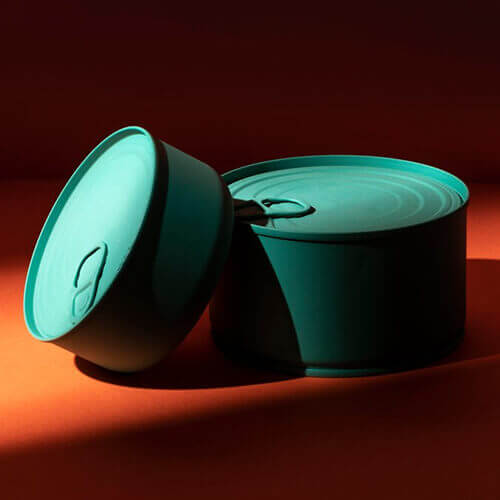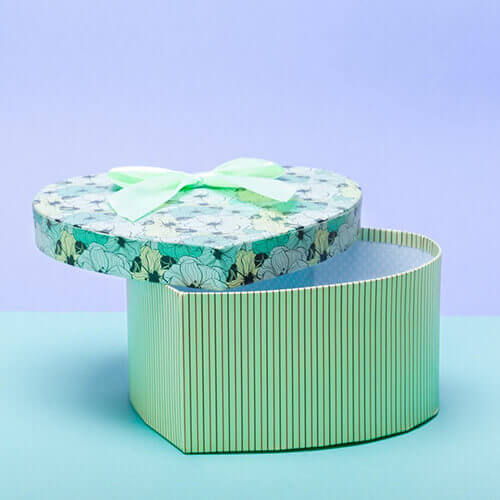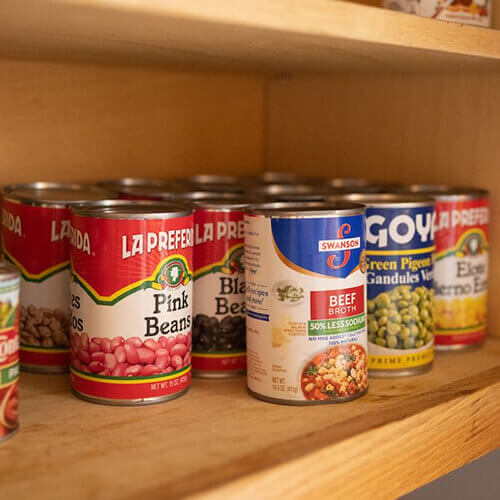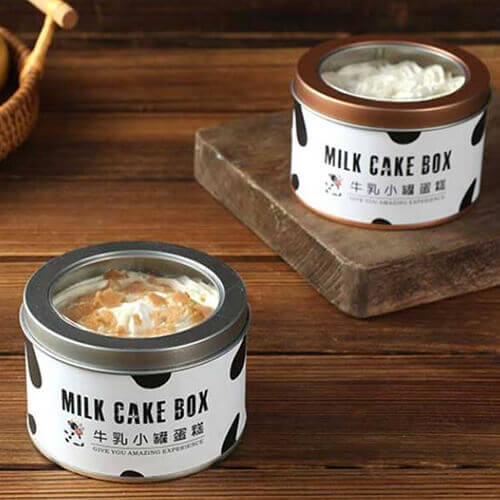 Admin
Admin
When it comes to packaging, the choices are endless: paper, plastic, cardboard, and now, tin. But have you ever noticed how tin gift boxes instantly make a product look more luxurious and premium? Whether it’s chocolates, candles, or cosmetics, brands are switching to case packaging tin gift boxes for good reasons. Let’s explore why tin packaging has become a favorite among businesses and customers, and why it might be the smarter and more sustainable choice compared to traditional paper or plastic packaging. 1. A Premium Look That Instantly Elevates the Product We all know the saying, “First impressions matter.” When a customer sees your product, the packaging is the first thing they notice. Case packaging tin gift boxes give a sleek, polished, and high-end appearance that paper or plastic just can’t match. Tin has a natural shine and strength that makes products feel more valuable. Think about luxury tea brands, limited-edition candies, or skincare items. Many of them come in beautiful tin boxes that customers keep long after the product is gone. That’s because tin packaging doesn’t just hold your product; it enhances its perceived value. 2. Strong, Durable, and Reliable Unlike paper or plastic, tin gift boxes are tough. They protect your products from moisture, crushing, and damage during transport and storage. A paper box can easily tear or get soggy, and plastic can crack under pressure. Tin, on the other hand, stays firm and keeps your product safe. It’s especially useful for delicate items like cookies, jewelry, or handmade goods that need extra protection. For businesses, this means fewer product returns and happier customers. For customers, it means receiving their gifts in perfect condition. 3. Eco-Friendly and Sustainable Sustainability is no longer just a buzzword; it’s a responsibility. Today’s consumers care about how products are made and packaged. Tin packaging stands out because it is 100% recyclable and reusable. Unlike plastic, which can take hundreds of years to decompose, tin can be recycled many times without losing quality. Even better, many people reuse their tin boxes instead of throwing them away. They might use them to store tea bags, sewing items, or small keepsakes. This gives your packaging a second life. By choosing case packaging tin gift boxes, brands show they care about both quality and the environment. 4. Long-Lasting Keepsake Value Here’s something special about tin packaging: it rarely ends up in the trash. Tin gift boxes often become collectibles or keepsakes. Have you ever bought a biscuit tin or perfume box that you didn’t want to throw away? That’s the magic of tin packaging. Customers keep them as storage boxes, organizers, or decorative pieces. This not only keeps your brand name visible for a long time but also creates an emotional bond with your customers. Paper or plastic packaging, once opened, usually ends up discarded. Tin packaging, on the other hand, keeps your brand remembered. 5. Customization Options for Any Brand Tin might sound rigid, but it’s actually very versatile for custom packaging design. Manufacturers can create tin gift boxes in almost any shape, size, or color. You can print your logo, artwork, or brand name directly on the tin surface using embossing or UV printing for a lasting effect. This makes your packaging not only beautiful but also a strong reflection of your brand identity. Paper and plastic can be printed too, but they do not have the same long-lasting or elegant finish that tin offers. Tin packaging helps your brand stand out and gives your product a premium feel. 6. Better Protection Against Heat and Moisture For products like chocolates, cookies, coffee, or candles, protection from heat and humidity is very important. Tin is naturally resistant to moisture and temperature changes, which helps keep the product fresh and in good condition. Paper and plastic packaging can easily absorb moisture or trap heat, which might spoil the contents. Tin boxes act as a barrier, keeping the product safe while also looking professional and stylish. 7. A Smarter Choice for Gifting When you gift something, the packaging becomes part of the experience. And tin packaging simply feels more special. A tin gift box adds charm and elegance. Unlike flimsy paper or plastic wrapping, tin feels strong and well-made. It gives that satisfying “wow” feeling when someone opens it. That’s why many luxury and handmade brands prefer tin packaging. It doesn’t just protect the product; it makes the gifting experience memorable. 8. Cost-Effective in the Long Run At first, tin packaging might seem more expensive than paper or plastic. But here’s the truth: it lasts longer, looks better, and protects products more effectively. Since tin boxes are reusable, customers often keep and use them again, which means your brand stays visible for a long time. Plus, fewer damaged goods during shipping means fewer replacements and lower costs overall. So, while the initial cost may be slightly higher, the long-term benefits make tin packaging a smart investment. 9. Perfect for Every Industry From food and cosmetics to electronics and home décor, case packaging tin gift boxes work perfectly across industries. Food & Beverage: Ideal for storing biscuits, chocolates, tea, or coffee while keeping freshness intact. Beauty & Wellness: Perfect for packaging skincare, soaps, or perfumes in attractive tins. Retail & Gifts: Great for candles, jewelry, or small accessories that need a premium presentation. No matter what type of product you sell, tin packaging can be tailored to fit your brand and customer needs. 10. The Future of Premium Packaging As customers continue to value sustainability and quality, case packaging tin gift boxes are becoming a popular choice for both brands and buyers. They combine durability, design, and eco-friendliness in one complete solution. In today’s market, packaging is more than just a box. It’s an important part of the customer experience, and tin boxes provide the right balance of practicality and elegance. Conclusion So, what makes case packaging tin gift boxes better than paper or plastic packaging? It’s simple. They look better, last longer, protect products more effectively, and support sustainability. Whether you run a small business or a large brand, investing in tin packaging can instantly upgrade your product presentation and strengthen your brand image. In the end, great packaging does more than just hold your product. It represents your story and your values in a way that customers will remember.
 Oct 27 2025
Read More
Oct 27 2025
Read More



